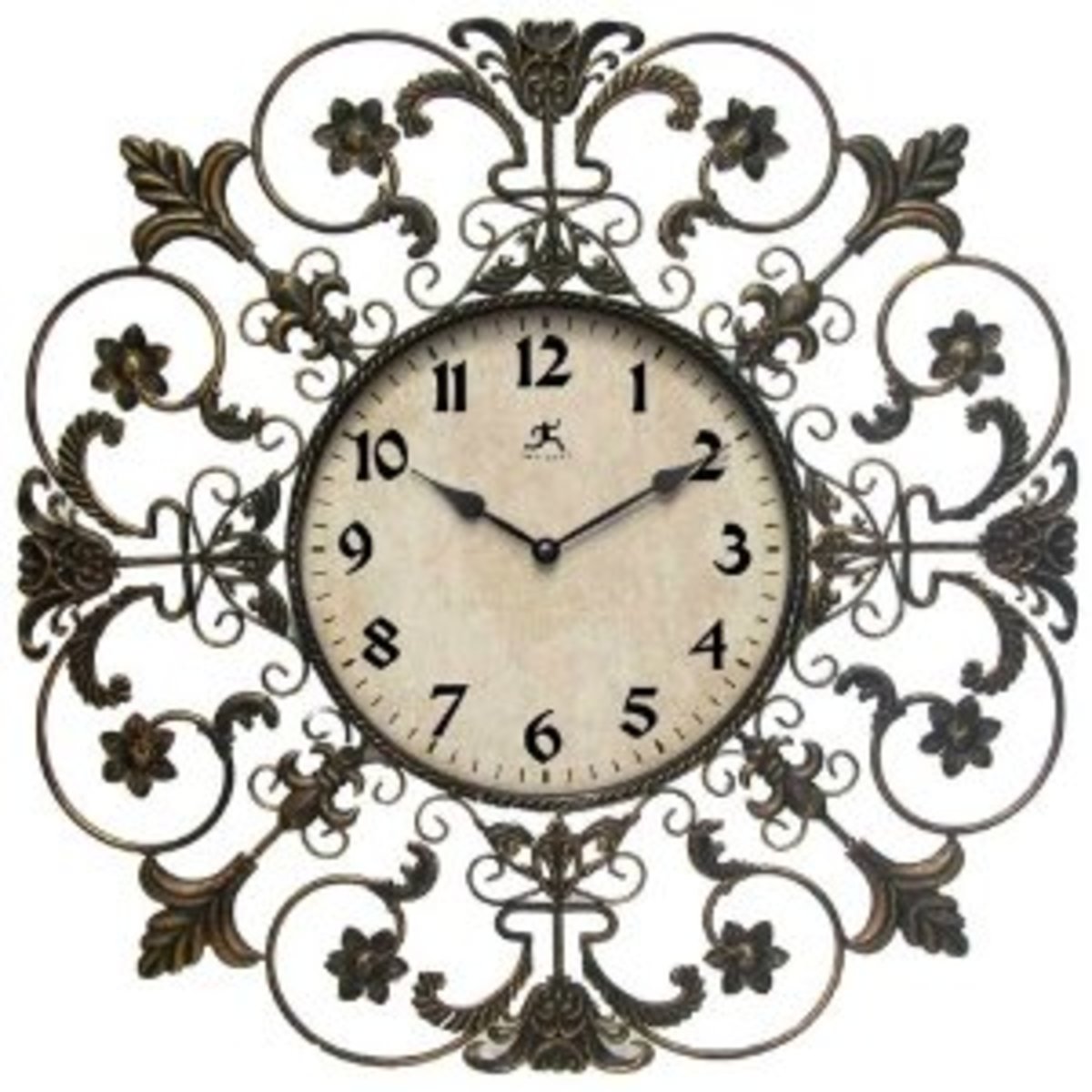Ways to Adhere Fabric to a Wall
Best Fabrics to Use
You can adhere fabric to a wall with liquid starch, staples or hook and loop tape. Lightweight cotton fabrics are the best to use with all three methods. Upholstery fabrics are too heavy and will cause drooping or peeling. Liquid starch will stain fabrics like silk, satin and velvet.
Liquid Starch
Fabric on Smooth Walls
Smooth or very lightly textured walls are the best candidate for adhering fabric directly onto them with liquid starch. In assessing the amount of texture on your wall, consider that fabric will conform to every bump, nook or cranny on the wall. If you can live with that, proceed.
- Measuring tape
- Damp cleaning sponge or rag
- Stepladder
- Scissors
- Push pins
- Paint tray
- Smooth paint roller
- Liquid starch
- Thin-blade utility knife
- Straightedge (optional)
- Clean the Wall: Clean the wall or walls with a damp sponge or cloth. Use the stepladder to reach the high section. Allow wall/walls to dry thoroughly.
- Measure the Wall: Measure the length and height of the wall or walls. Multiply the length times height to get the total number of inches of fabric that will be required for the project.
- Calculate Needed Fabric: Determine how many panels you need by dividing the width of your wall measurement by the width of your fabric. Cotton dress and quilting fabrics are typically 45 inches wide. Some decorator fabrics are 60 inches wide. Find the fabric width on the end of the bolt. If you already have the fabric, a quick measurement will provide the answer. Always add a little extra to your fabric measurements to account for trimmed edges and matching patterns.
- Cut Fabric Sections: Cut off selvedges or trim the fabric sides so they are straight. Cut fabric panels to the proper length. Matching them as you cut them helps prevent mistakes.
- Pin the Fabric: Center a fabric panel to the top of the wall and secure with a push pin in each corner. Note: Work from the center of the wall outward as recommended with wallpaper.
- Starch the Strip: Pour about 1/4 cup of liquid starch into the paint tray. Roll the paint roller through the starch several times to saturate. Hold the fabric strip to the side while rolling starch underneath it onto the top of the wall. Starch 2 to 3 feet below the top of the wall, then press the fabric strip in place. Smooth out any wrinkles or bubbles. Work your way down the strip of wall, adding more starch in another 2 to 3 foot section, then pressing and smoothing the fabric in place. Continue until the fabric strip has been adhered. Note: spray starch will also adhere fabric to smooth walls, but is not as cost-efficient as liquid starch.
- Move Out: Match the pattern or design of the next fabric piece to the starched fabric already on the wall. Pin it to the top of the wall with push pins and roll on starch, smoothing the panel from top to bottom until it is adhered to wall. Continue this process until the wall is covered, then move to the next wall if more than one is to be covered.
- Look for Imperfections : Examine each section of fabric. Bumps, bubbles and wrinkles can be smoothed out by rolling some starch directly on top of the fabric. Smooth out the imperfections as you wet the fabric with the starch. Allow starched fabric to dry thoroughly, possibly up to 24 hours.
- Trim and Finish: Trim away the excess fabric at the top and bottom of the wall with the thin-blade utility knife. Use a straight edge if you are concerned about cutting it crooked. Remove the push pins. Roll a little extra starch onto the fabric if any areas appear to pull loose during the trimming.
Removal: Spray water on the fabric panels to loosen them when you are ready for a change. Spray a panel, then peel it off the wall. Continue until all panels are removed.
Warnings
Do not vacuum or sweep your fabric-covered wall. Keep it clean with a lint roller.
Grease and food splatters make fabric walls in kitchens are difficult to keep clean.
Covering walls near stoves and heaters is a fire hazard.
Stapling Fabric to Walls
Adhering fabric to heavily textured, paneled and concrete walls with starch is not a good idea because the texture will show through the fabric. Staples and removable hook and loop tape are two ways to decorate these walls with fabric.
Staple fabric to textured or paneled walls. A staple gun can be used to attach fabric panels at the top and bottom of the wall, controlling the size and number of holes in the wall.
Supplies:
- Measuring tape
- Damp cleaning sponge or rag
- Stepladder
- Scissors
- Staple gun (I've successfully used a desk stapler)
- Staples
- Thin-blade utility knife
- Clean the Wall: Clean the wall or walls with a damp sponge or cloth. Use the step ladder to reach the high section. Allow wall/walls to dry thoroughly.
- Cut Fabric Sections: Cut selvedges (sides) off the fabric. Cut fabric sections to the proper length. Remember to add a little extra to the length to allow for even trimming and pattern matching as you go. Matching them up as you cut them prevents mistakes.
- Staple the Fabric: Center a fabric panel to the top of the wall. Staple the center and each corner of the fabric panel. Work from the center of the wall outward as recommended with wallpaper. Straighten and smooth the fabric down the wall, stapling across the bottom of the panel as well.
- Move out: Match the pattern or design of the next fabric piece already on the wall. Staple it to the top of the wall, smoothing the panel from top to bottom. Staple fabric across the bottom. Continue this process until the wall is covered, then move to the next wall if more than one is to be covered.
- Trim: Trim away the excess fabric at the top and bottom of the wall with the thin-blade utility knife. Use a straight edge if you are concerned about cutting it crooked.
Removal: Pull the fabric strips off the wall. The staples will pull out with it. Touch up any visible holes with matching wall paint or cover with new fabric.
Adhering Fabric with Hook & Loop
Stapling is not an option for concrete walls, but the hook and loop adhesive method is. Removable hook and loop tape like Velcro makes removal easy, too. This method can also be used for textured and paneled walls, too.
- Measuring tape
- Damp cleaning sponge or rag
- Stepladder
- Scissors
- Removable hook and loop tape
- Thin-blade utility knife
- Clean the Wall: Clean the wall or walls with a damp sponge or cloth. Use the step ladder to reach the high section. Allow wall/walls to dry thoroughly.
- Cut Fabric Sections: Cut selvedges (sides) off the fabric. Cut fabric sections to the proper length. Remember to add a little extra to the length to allow for even trimming and pattern matching as you go. Matching them up as you cut them prevents mistakes.
- Apply the Tape: Remove about 3 inches of the paper backing off one side of removable hook and loop tape. Start at one end of the wall and press the adhesive onto the top border of the wall. Continue removing the paper backing and unrolling the tape to press it against the top of the wall. Cut the tape with the thin blade utility knife when reaching the corner of the wall. Remove the paper backing that is facing you. Do the same along the bottom edge of the wall.
- Tape the Fabric: Center a fabric panel to the top of the wall. Press it against the adhesive side of the hook and loop tape. Straighten and smooth the fabric down the wall and tape the bottom of the panel, too.
- Move Out: Match the pattern or design of the next fabric piece already on the wall. Press it against the adhesive side of the hook and loop tape. Straighten and smooth the fabric down the wall and the bottom of the panel as well. Continue this process until the wall is covered, then move to the next wall if more than one is to be covered.
- Trim: Trim away the excess fabric at the top and bottom of the wall with the thin-blade utility knife. Use a straight edge if you are concerned about cutting it crooked.
Removal: Pull the fabric loose from the hook and loop tape. Follow the manufacturer's instructions to remove the tape from the wall.






